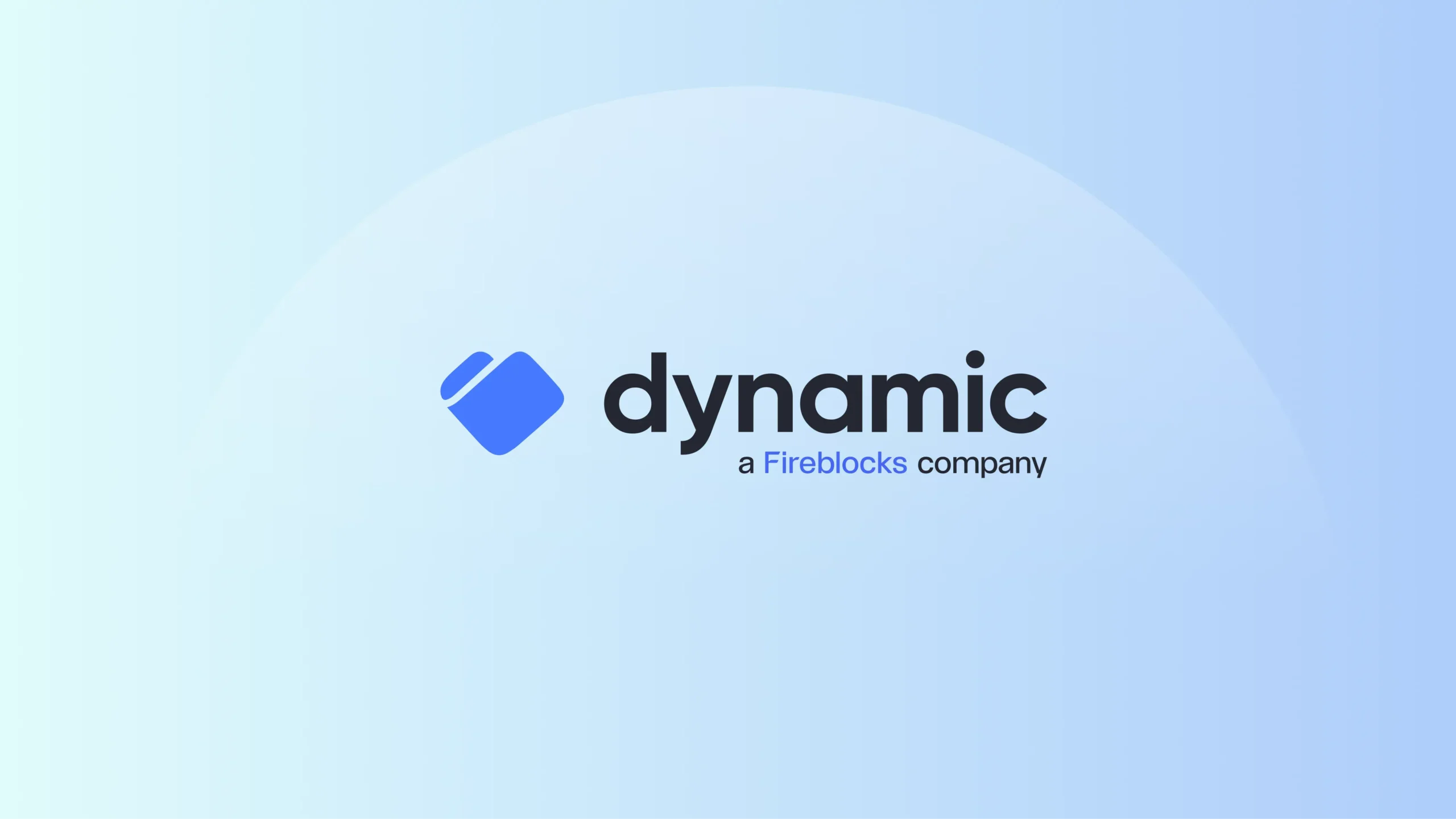Intro to Permissioned DeFi
Permissioned DeFi is ideal for regulated institutions – but what is it exactly and how does it differ from DeFi?
Hey, everyone. Welcome to Fireblocks Academy. My name is Chris Jameson. I’m the director of enterprise programs here at Fireblocks. And in this video, we’re gonna take you through at a very high level what is permission DeFi. Now the main thing I’d like for you to take away from this today is what is the difference between regular DeFi and permission DeFi and why is this very very important for, regulated institutions.
Now, we’ve already done a video on what is DeFi. I’d highly encourage you to go back and check that out if you haven’t already. But as a quick recap, DeFi is nothing more than a, peer to peer automated way of earning additional yield, on assets that you you might already own or getting some additional liquidity in an asset that you might like to transact in. Now, we’re not gonna get super deep into DeFi here again.
We’re not gonna cover topics like yield farming or staking. We’re gonna keep this relatively high level, very much business first type of focus. And again, really focusing on the difference between regulated DeFi and permission defi. So why don’t we go ahead and dive in?
Now, for regulated defi, let’s just say that I own one Bitcoin, and I would like to earn some additional yield on that.
So I have my one Bitcoin, and I wanna go pledge this to a smart contract to earn that additional yield. Now the thing with regular DeFi is that that is essentially open to anyone and any, anyone and everyone to essentially participate in. Any individual or institution can participate in this. And as I like to think of it, this is like a public parking lot with no security guard. The gate is up. Come on in. You can go ahead and park your car here.
Now we have all the individuals we wanna participate with here, etcetera.
So why is this potentially an issue, specifically if you’re a regulated institution? Now as I think about my one bitcoin here, I go ahead and pledge this into the smart contract, and now I am lending my bitcoin out, and I’m getting paid interest in bitcoin back. The issue is that I actually have no idea who the other person on the other side of this transaction is. Conversely, if I was, let’s say, borrowing Bitcoin, I don’t know who I’m actually getting it from. So, as an individual or an institution, this might not be a big deal for you, but if you’re a regulated institution that has very strict, you know, your customer or anti money laundering requirements, This is gonna be a very big issue for your compliance and risk teams, and it’s frankly a massive barrier to entry for d, for regulated institutions into the world of DeFi. And this is really where permission DeFi comes into play.
Now permission DeFi is exactly like regular DeFi but with a few extra steps.
So I still have my same one Bitcoin and I still want to enter into a smart contract and earn some additional yield.
Now the big difference here is that the individuals that are gonna participate or participate in this, smart contract are not open to anyone and everyone. And as a matter of fact, you could think of this as kind of like a private or closed type of parking lot and there is in fact a security guard sitting here and they are known as a white lister.
And the white lister will essentially do what is called a KYC or know your customer check on someone that wants to enter the pool. So we have someone that wants to enter here.
Our white lister will essentially do a KYC check on this person.
They are okayed and they can now go ahead and enter in.
So why does this matter in the end result?
So I have my one Bitcoin here. I pledged it into the smart contract and I am now lending my Bitcoin out and I’m getting paid interest back.
Now, I still don’t know who this individual is, but I know that they’ve at least gone through the, you know, KYC process. So as a regulated institution, I can at least feel much more comfortable knowing that the people that I’m potentially interacting with in this, smart contract or in this liquidity pool, have in fact been vetted from a KYC perspective, which should make, my compliance and risk teams feel much more happy and much more open to engaging, in the DeFi world. So to summarize, the main difference between regular DeFi and permission DeFi is that regular DeFi is essentially open to anyone and everyone, which again, if you’re a regulated institution can certainly cause some headaches as you think about compliance, specifically around know your customer and anti money laundering.
Permission d five looks to solve this by essentially doing KYC checks on anyone that would like to enter into the, smart contractor pool And, again, it should make your compliance and risk teams feel much more comfortable in, participating in the DeFi world. That’s it for now.
Join us for more educational content at Fireblocks Academy. Thanks so much for joining.
